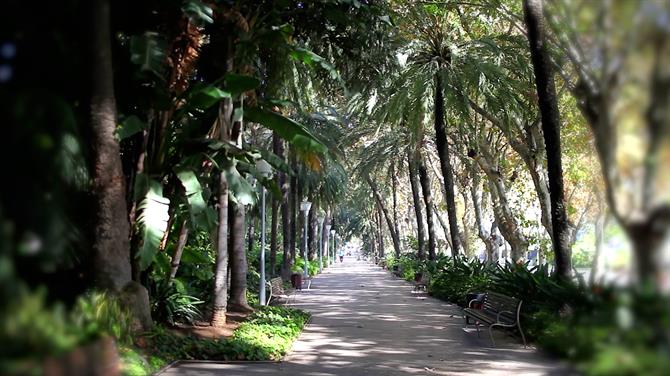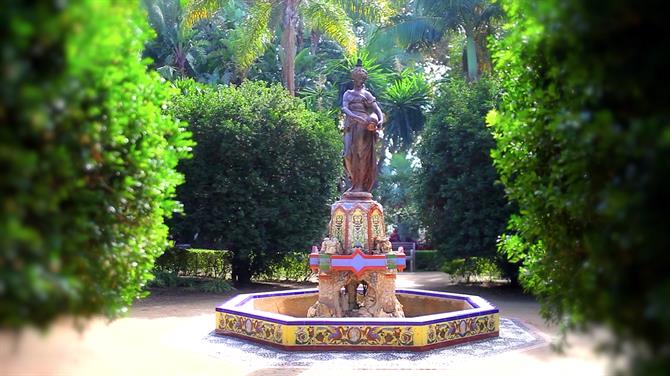The whole of Malaga city is undergoing a dramatic transformation. There’s a quiet, but underlying energy about the place, new museums are opening, restaurants and tapas bars are making a name for themselves, places that were only known locally, are now being internationally recognised. The city seems to be waking up from a long and quiet slumber. Luckily Malaga has retained its original character….it is still a very Spanish and a very traditional city.
It is also blessed with some fantastic parks. The most well-known of which, has to be the Jardines de la Concepción, Malaga's historical and botanical garden, situated five kilometres north of the city centre. The park is a joy to behold, but you need to take a bus, or have a car to get there.
Closer to the centre, there are several other spectacular gardens and squares. Ones that are only really known and appreciated by local Malagueños.
One such park, is the adapted named, Parque de Malaga.
Video about the Parque de Malaga
About the Parque de Malaga
The Parque de Malaga is also known as the Parque de la Alameda, or simply as El Parque (the park). It is situated right in the city centre, almost directly behind the new port area, the Muello Uno.
The rectangularly shaped park is wedged between two of Malaga's most iconic streets, the Paseo de las Curas (the monk's walkway) and the Paseo del Parque.

Unlike most botanical gardens, the Parque de Malaga was originally designed for the public.
A place of peace and quiet, amid the hustle and bustle of the surrounding streets. The carefully landscaped gardens, all interspaced with benches, fountains, two children's parks and a small open-air theatre, all combine to make the park one of the most popular places for local Malagueños to while away their time.
As with so many landmarks in Malaga, it is richly steeped in history.
History of the Parque de Malaga
The park has over 100 years of history. It was originally created at the end of the 19th century. Malaga was still reeling from the effects ofphylloxera which decimated the local wine industry. Seeing the devastation first-hand, the local authorities began to focus on other areas of the economy.Namely, reforming and extending Malaga's port area. As part of this initiative, a land reclamation project was started 1896.
Malaga has always been a port city ever since the Pheonicians first founded it (Malaka) around 770 BC. In the hope of diversifying the economy and attracting tourism, the park was created and first planted in 1904.

Since then, the park has become one of the most important public botanical gardens in Europe.
Its collection of tropical and subtropical plants is staggering. The park's strategic position next to the port, the increased international trade (particularly with the Americas) and a horticulturally interested middle class, all helped to give the park an amazing array of plants and trees.
Getting there
The park is situated just next to the La Malagueta neighbourhood in Malaga. Parking is problematic in this area. Unless very lucky, the only viable option is to leave your car in one of the car parks in the area. The one just across the road under the Muelle uno is the cheapest.
As the park is conveniently situated within easy walking distance from all of Malaga's main sights, a visit to the park is a great way to break up a morning's sightseeing.
View Parque de Malaga in a larger map
For more detailed information on Malaga's park, see Simon Needham's blog.
